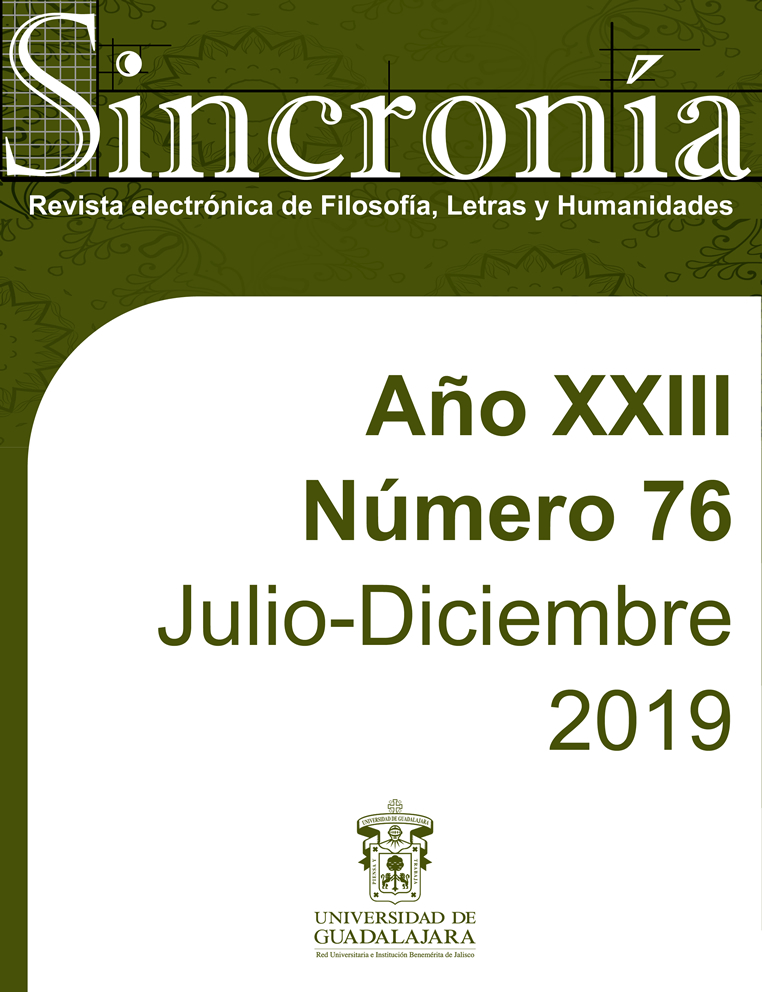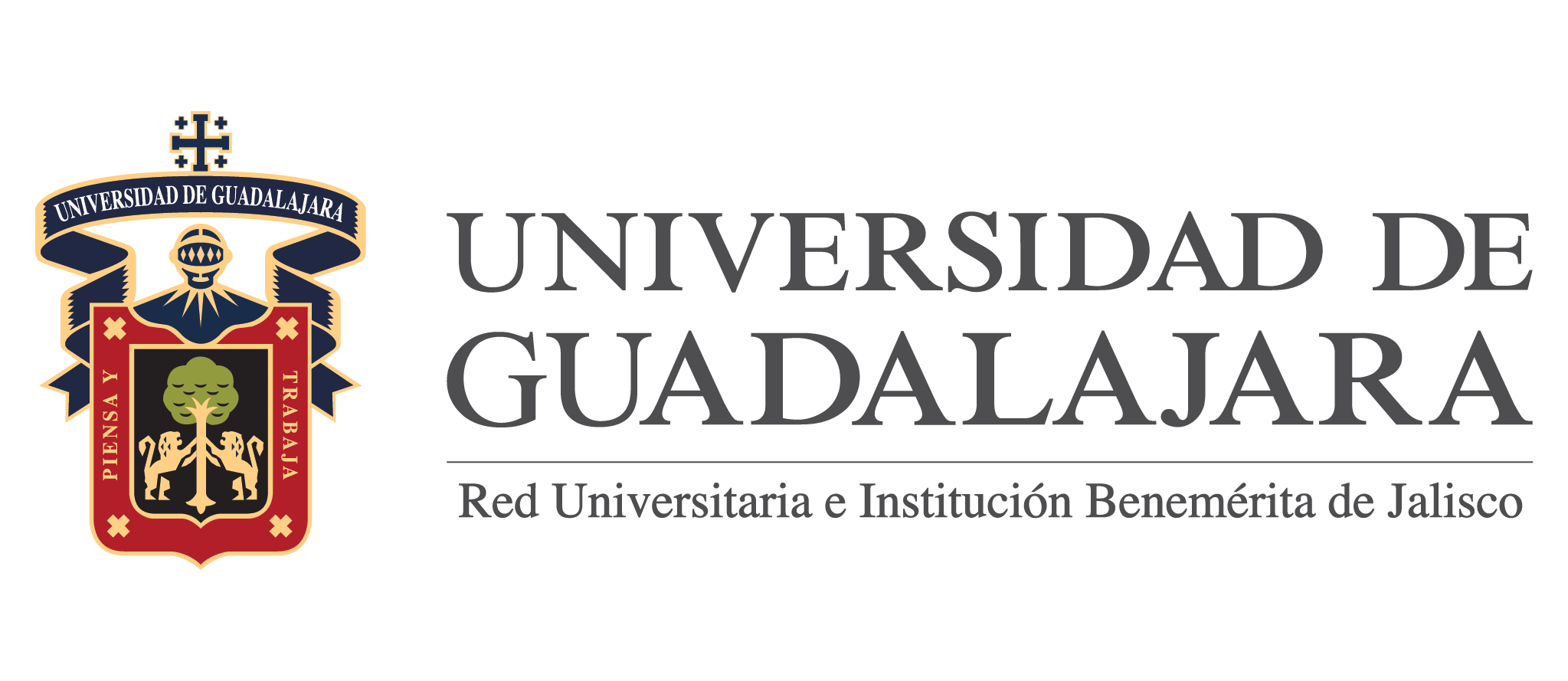Juan Preciado's enigmatic encounter with the sibling couple in Pedro Páramo
Keywords:
Death, Agony, Mud, Sin, Vital ForcesAbstract
This paper proposes an interpretation on one of the most enigmatic events in Pedro Páramo: the meeting of Juan Preciado with Donis and his sister. Preciado meets the couple right after the awakening of Comala's specters. Rulfo says that the couple’s story is nothing but a terrible hallucination that the young man suffers during his agony. This would explain the couple’s particular state of loneliness and nudity, as well as that mysterious event in which the sister’s body melts into mud. George Ronald Freeman relates the couple state with that of the Adam and Eve after being casted out of paradise: loneliness, abandonment, nudity and guilt. This text takes into account the symbolic relation between mud and guilt. It suggests that mud in this story not only represents sin, but it also refers to positive aspects of vital forces. In other words, mud symbolizes guilt as well as Mother earth’s creative and destructive attributes.
Downloads
References
Alighieri, D. (2016) Divina comedia, Madrid: Ediciones Cátedra.
Caso, A. (2003) El pueblo del Sol, México: Fondo de Cultura Económica.
Chevalier, J. (1999) Diccionario de los símbolos, sexta edición, Barcelona, Editorial Herder.
Freeman, G. R. (1974) La caída de la gracia: clave arquetípica de Pedro Páramo. En Sommers, J. (Ed.) La narrativa de Juan Rulfo. Interpretaciones críticas. México: SEP/ Setentas.
Fuentes, C. (2011) La gran novela latinoamericana, México: Alfaguara.
Homero, (2005) Odisea, Madrid: Editorial Gredos.
Jiménez de Báez, Y. (1994) Juan Rulfo, del páramo a la esperanza. Una lectura crítica de su obra (2ª Ed.) México: Fondo de Cultura Económica y El Colegio de México.
Kant, I. (2006) Crítica de la razón pura, Buenos Aires, Editorial Losada.
León-Portilla, M. (2006) La filosofía náhuatl estudiada en sus fuentes, México: Universidad Autónoma de México.
Platón (2004) Diálogos III, Fedón, Fedro y Banquete, Madrid: Editorial Gredos.
Reynoso, A. (Dir.) (1960): El despojo, México: Cine foto.
Rulfo, J. (1980) El gallo de oro y otros textos para cine, México: Ediciones ERA.
Rulfo, J. (2000) El Llano en llamas, Madrid: Ediciones Cátedra.
Rulfo, J. (1994) Los cuadernos de Juan Rulfo, México: Ediciones ERA.
Rulfo, J. (2004) Pedro Páramo, Madrid: Ediciones Cátedra.
Shakespeare, W. (2015) Hamlet, Edición bilingüe, Madrid: Ediciones Cátedra.
Sommers, J. (1974) Los muertos no tienen tiempo ni espacio (un diálogo con Juan Rulfo). En Sommers, J. (Ed.) La narrativa de Juan Rulfo. Interpretaciones críticas, México, SEP/ Setentas.
Spranz, B. (2006) Los dioses en los códices mexicanos del grupo Borgia. Una investigación iconográfica, México: Fondo de Cultura Económica.
Downloads
Published
How to Cite
Issue
Section
License
Copyright (c) 2019 Ramón Bárcenas Deanda

This work is licensed under a Creative Commons Attribution-NonCommercial 4.0 International License.
You are free to:
- Share — copy and redistribute the material in any medium or format
- Adapt — remix, transform, and build upon the material
- The licensor cannot revoke these freedoms as long as you follow the license terms.
Under the following terms:
- Attribution — You must give appropriate credit , provide a link to the license, and indicate if changes were made . You may do so in any reasonable manner, but not in any way that suggests the licensor endorses you or your use.
- NonCommercial — You may not use the material for commercial purposes .
- No additional restrictions — You may not apply legal terms or technological measures that legally restrict others from doing anything the license permits.



























